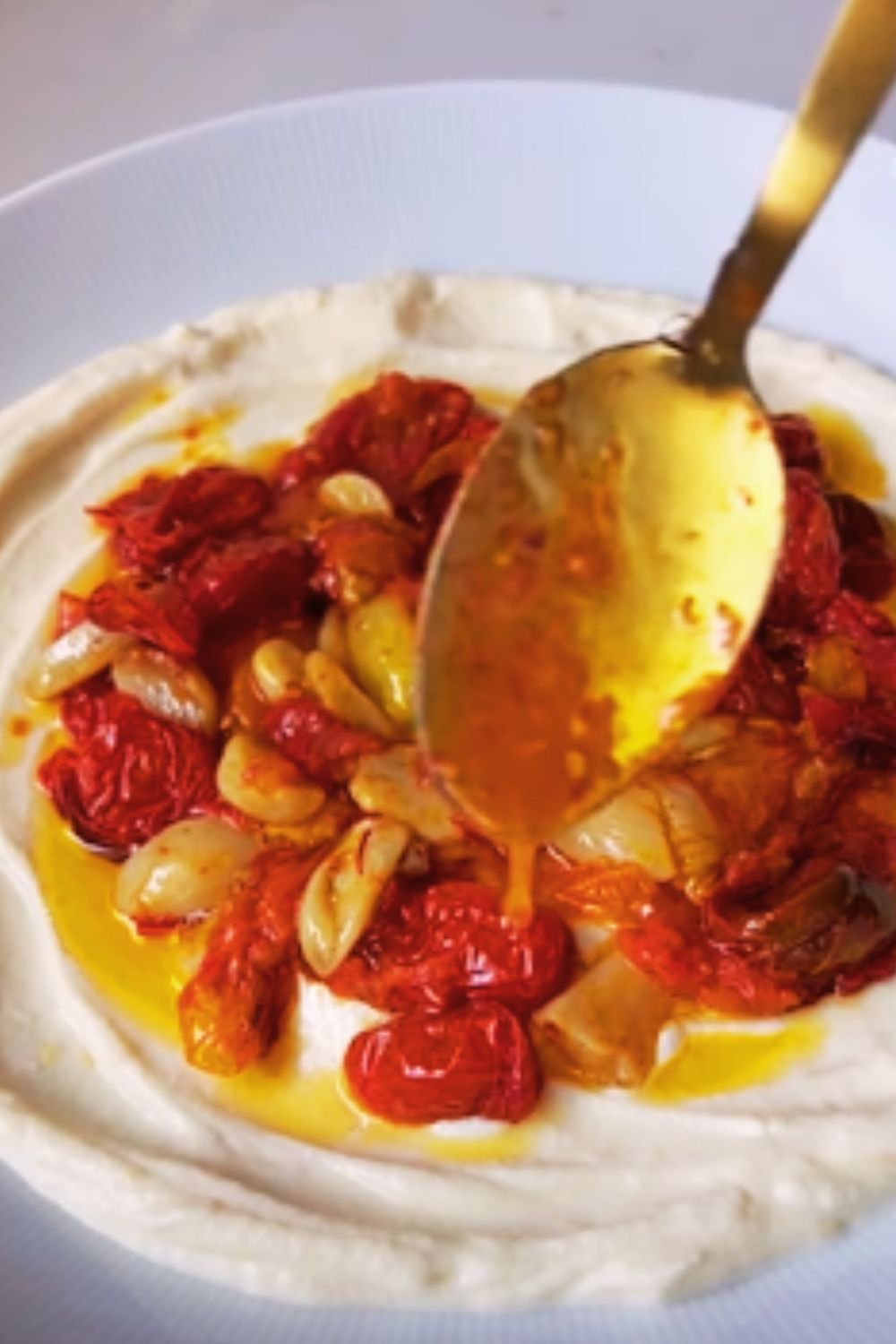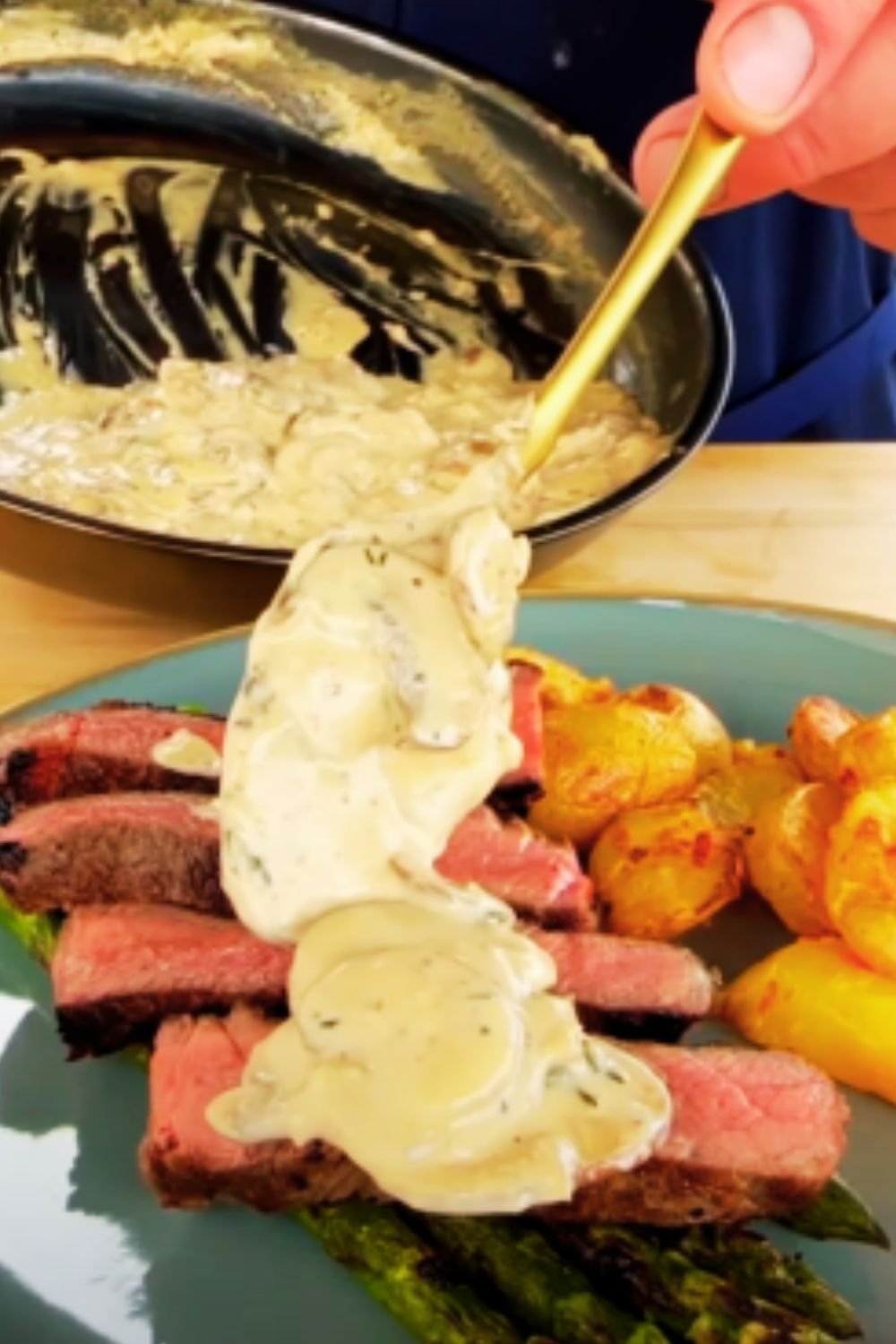There’s something magical about the combination of mushrooms, butter, and garlic that transforms these humble ingredients into a dish worthy of the finest restaurants. I’ve been perfecting my sautéed mushroom recipe for years, and I’m excited to share all my tips and tricks with you today.
These garlic butter mushrooms are incredibly versatile – they make an excellent side dish alongside steak or chicken, can be spooned over pasta, piled onto crusty bread, or even served as an elegant appetizer. Best of all, they take just 15 minutes from start to finish.
Why You’ll Love This Recipe
- Ready in just 15 minutes
- Uses simple, affordable ingredients
- Creates restaurant-quality flavor at home
- Versatile – works as a side dish, topping, or appetizer
- Naturally vegetarian and can easily be made vegan
- Packed with savory umami flavor
Ingredients You’ll Need
For perfect sautéed mushrooms, selecting the right ingredients makes all the difference. Here’s what you’ll need:
- 1 pound fresh mushrooms – Button, cremini, or a mix of wild mushrooms
- 4 tablespoons unsalted butter – The foundation of our flavor base
- 4 cloves garlic, minced – For that irresistible aroma
- 2 tablespoons fresh herbs – Thyme, parsley, or rosemary work beautifully
- 1 tablespoon soy sauce or Worcestershire sauce – For depth of flavor
- 1/4 cup dry white wine or broth – To deglaze and create a delicious sauce
- Salt and black pepper – To taste
- Optional: 1 teaspoon balsamic vinegar – For a hint of sweetness and acidity
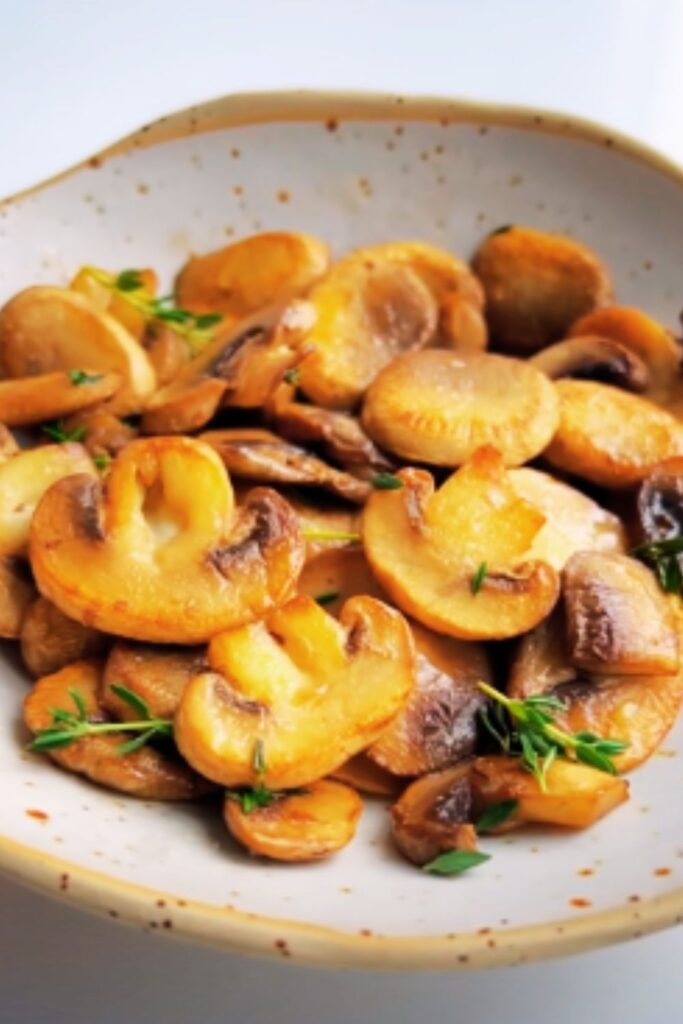
Choosing the Best Mushrooms
The foundation of great sautéed mushrooms starts with selecting the right fungi. Here’s a breakdown of excellent options:
Button Mushrooms : The most common and affordable variety. Mild flavor that absorbs other ingredients well.
Cremini (Baby Bella) Mushrooms : Slightly more mature than button mushrooms with a deeper, earthier flavor.
Shiitake Mushrooms : Rich, woodsy flavor with a meaty texture. Remove the tough stems before cooking.
Oyster Mushrooms : Delicate, subtle flavor with a velvety texture when cooked properly.
Portobello Mushrooms : Mature cremini mushrooms with a robust flavor. Slice them thickly for this recipe.
Wild Mushroom Mix : Creates complex, nuanced flavors. Chanterelles, porcini, and morels are excellent additions if available.
For beginners, I recommend starting with cremini mushrooms. They offer more flavor than button mushrooms but aren’t as expensive as some specialty varieties. As you become more comfortable with the recipe, experiment with different combinations to discover your favorite.
The Science Behind Perfect Mushrooms
Before we jump into the cooking process, understanding a bit about mushroom science will help you achieve the best results.
Mushrooms are approximately 90% water, which explains why they shrink so dramatically during cooking. The key to achieving that beautiful golden-brown exterior and avoiding soggy mushrooms lies in proper heat management and avoiding overcrowding your pan.
When mushrooms are crowded, they release their moisture all at once, essentially steaming rather than sautéing. This prevents proper caramelization, which is where much of the flavor develops. By giving mushrooms plenty of space and using high heat, the moisture evaporates quickly, allowing the Maillard reaction (browning) to occur.
Step-by-Step Cooking Instructions
Follow these detailed steps for perfectly sautéed mushrooms every time:
Step 1: Prepare the Mushrooms
The first step is crucial and often debated in culinary circles: cleaning mushrooms. Contrary to popular belief, a quick rinse won’t ruin your mushrooms as long as you don’t soak them. Here’s my preferred method:
- Gently rinse mushrooms under cold water to remove any dirt
- Immediately pat thoroughly dry with paper towels
- For larger varieties, slice into even pieces (about 1/4 inch thick)
- For smaller mushrooms, leave whole or halve them
- Make sure all pieces are relatively uniform in size for even cooking
Pro Tip: Never soak mushrooms as they’ll absorb water like sponges, making it impossible to achieve that perfect golden sear.
Step 2: Heat Your Pan Properly
- Select a large skillet or sauté pan (cast iron works beautifully)
- Heat over medium-high heat until very hot
- Add 2 tablespoons of butter and let it melt completely
- When butter is melted and just beginning to foam, proceed to the next step
Step 3: First-Phase Cooking
- Add mushrooms to the hot pan in a single layer (work in batches if needed)
- Let them cook UNDISTURBED for 3-4 minutes until golden brown on one side
- Resist the urge to stir! This is key for developing caramelization
- Season with a pinch of salt and black pepper
- Stir and continue cooking for another 2-3 minutes until evenly browned
Pro Tip: If cooking in batches, transfer cooked mushrooms to a plate and return them all to the pan in the next phase.
Step 4: Add Aromatics
- Reduce heat to medium
- Add remaining 2 tablespoons butter to the pan
- Add minced garlic and fresh herbs
- Cook for 30-60 seconds until fragrant, stirring constantly to prevent garlic from burning
Step 5: Deglaze and Create Sauce
- Add wine or broth to the pan
- Use a wooden spoon to scrape up any browned bits from the bottom of the pan
- Add soy sauce or Worcestershire sauce
- Simmer for 1-2 minutes until liquid reduces by half and creates a glossy sauce
- Taste and adjust seasoning as needed
- If using, add the balsamic vinegar in the final 30 seconds of cooking
Step 6: Serve and Garnish
- Transfer to a serving dish
- Sprinkle with additional fresh herbs if desired
- Serve immediately for best flavor and texture
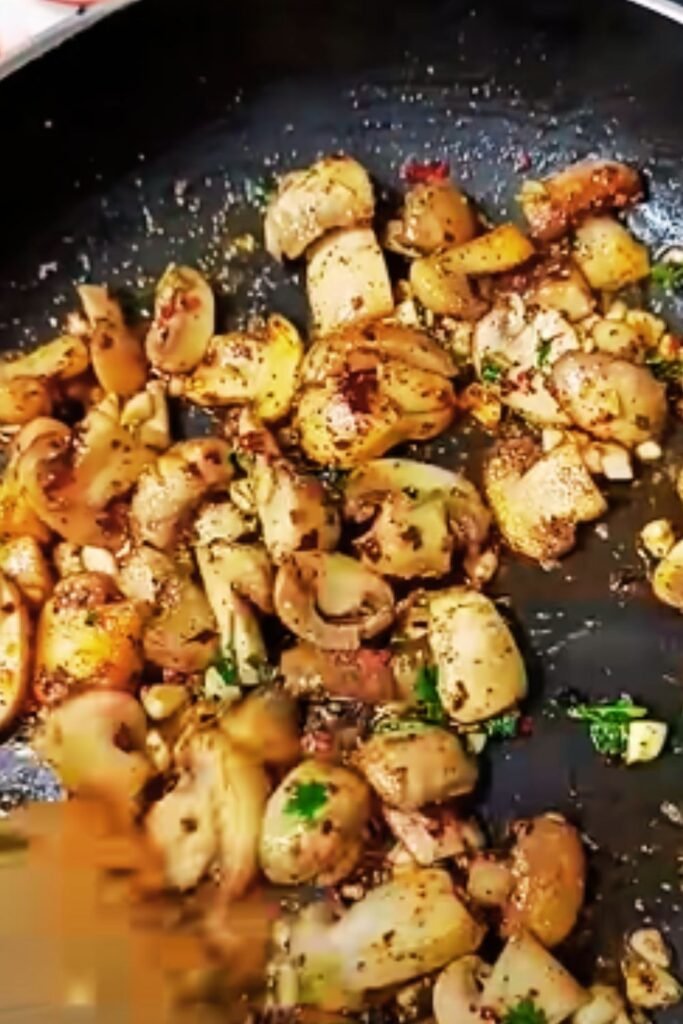
Common Mistakes to Avoid
Even experienced cooks can fall prey to these common mushroom-cooking pitfalls:
- Overcrowding the pan: This causes mushrooms to steam rather than sauté. Cook in batches if needed.
- Stirring too frequently: Allow mushrooms to develop a golden crust before stirring.
- Adding salt too early: Salt draws out moisture. Add it after the initial browning phase.
- Using low heat: Mushrooms need medium-high to high heat to properly caramelize.
- Not drying mushrooms thoroughly: Excess moisture prevents proper browning.
- Burning the garlic: Add garlic after mushrooms have browned to prevent bitterness.
Nutritional Benefits of Mushrooms
Mushrooms aren’t just delicious; they’re also nutritional powerhouses. Here’s a breakdown of what these fungi bring to your table:
| Nutrient | Amount per 100g | Benefits |
|---|---|---|
| Calories | 22-35 (varies by type) | Low-calorie food option |
| Protein | 3.1g | Plant-based protein source |
| Fiber | 1-2.5g | Supports digestive health |
| Vitamin D | 7-40 IU (when exposed to UV light) | Bone health, immune function |
| Potassium | 300-420mg | Heart health, blood pressure regulation |
| Selenium | 9-35mcg | Antioxidant, immune support |
| B Vitamins | Varies | Energy metabolism, brain function |
| Beta-glucans | 1-5g | Immune support, cholesterol management |
Mushrooms are also one of the few natural food sources of vitamin D, especially when exposed to sunlight before cooking. They’re low in calories while providing substantial nutrients, making them an excellent addition to a balanced diet.
Variations to Try
Once you’ve mastered the basic recipe, try these delicious variations:
Creamy Garlic Mushrooms
Add 1/4 cup heavy cream or crème fraîche after deglazing and simmer until thickened.
Spicy Mushrooms
Add 1/4-1/2 teaspoon red pepper flakes with the garlic for a pleasant heat.
Asian-Inspired Mushrooms
Replace wine with sake or mirin, use all soy sauce instead of Worcestershire, and add a teaspoon of sesame oil at the end.
Steakhouse Mushrooms
Add 1 tablespoon Dijon mustard and a splash of brandy when deglazing for a rich, classic flavor.
Herb-Forward Mushrooms
Double the herbs and use a mix of thyme, rosemary, sage, and parsley for a fragrant version.
Serving Suggestions
These versatile mushrooms pair beautifully with numerous dishes:
- Spoon over a perfectly grilled steak or roasted chicken
- Toss with pasta and a touch of cream for a quick dinner
- Serve on toasted sourdough bread for an elegant appetizer
- Add to scrambled eggs or an omelet for a luxurious breakfast
- Use as a topping for baked potatoes with a dollop of sour cream
- Incorporate into risotto just before serving
- Serve alongside polenta with a sprinkle of Parmesan cheese
- Use as a filling for omelets or crepes
- Add to grain bowls for extra flavor and protein
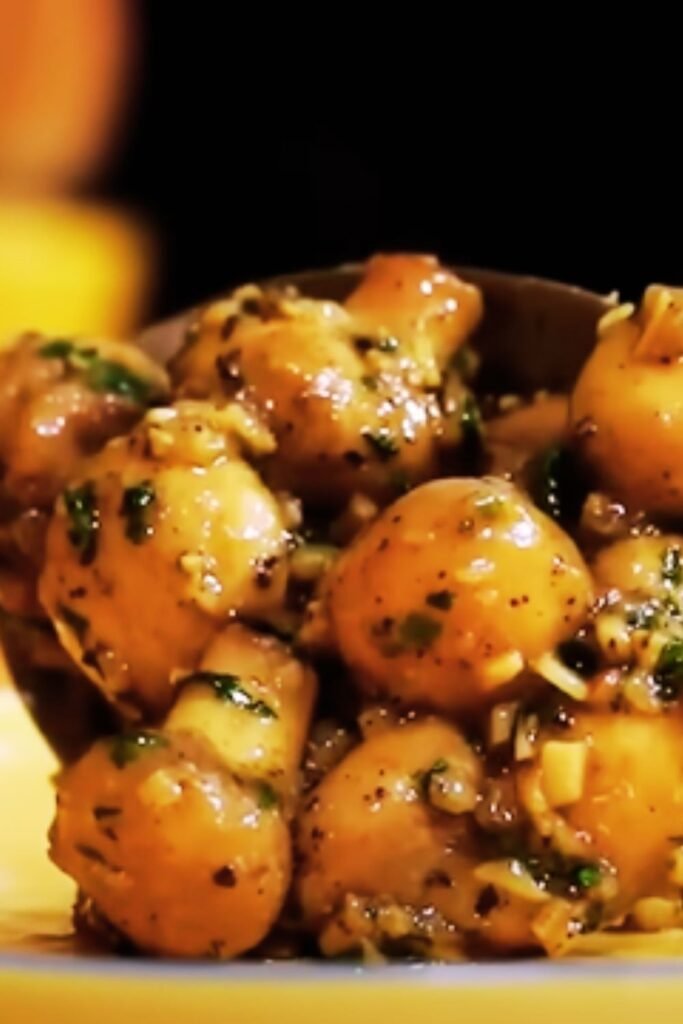
Storage and Reheating Tips
While these mushrooms are best enjoyed immediately after cooking, they can be stored and reheated:
- Refrigeration: Store in an airtight container for up to 3 days.
- Freezing: Not recommended as the texture becomes watery upon thawing.
- Reheating: Warm gently in a skillet over medium-low heat until just heated through. Add a small knob of butter if needed to refresh the sauce.
Equipment Recommendations
The right equipment makes a significant difference when sautéing mushrooms:
Cast Iron Skillet : Retains heat exceptionally well and creates the best caramelization.
Heavy-Bottomed Stainless Steel Pan : Excellent heat distribution and allows you to see browning progress.
Wooden or Silicone Spatula : Ideal for scraping up flavorful browned bits without damaging your pan.
Sharp Chef’s Knife : Makes clean cuts through mushrooms without crushing them.
Frequently Asked Questions
Q: Do I really need to use butter, or can I substitute olive oil?
While butter provides the richest flavor, you can substitute olive oil or a combination of butter and oil. Using some butter gives you the flavor, while adding oil helps prevent burning since it has a higher smoke point.
Q: Can I use dried herbs instead of fresh?
Yes, but reduce the amount to one-third of what the recipe calls for with fresh herbs. Add dried herbs earlier in the cooking process to allow them time to rehydrate and release their flavors.
Q: Why are my mushrooms rubbery?
Rubbery mushrooms usually result from overcooking. Remember that mushrooms continue to cook slightly after removing from heat. For perfect texture, take them off the heat when they’re just tender but still have some firmness.
Q: How can I make this recipe vegan?
Simply substitute the butter with a high-quality vegan butter alternative or olive oil. For depth of flavor, ensure you’re using soy sauce rather than Worcestershire sauce (which contains anchovies).
Q: Can I prepare these mushrooms ahead of time for a dinner party?
Yes, you can prepare them up to 24 hours ahead and refrigerate. Reheat gently in a skillet just before serving, adding a small amount of fresh herbs at the end to brighten the flavor.
Q: Which mushrooms have the strongest flavor?
Porcini, shiitake, and morel mushrooms offer the most intense, earthy flavors. If you’re looking for maximum impact, these varieties (fresh or a combination of fresh and reconstituted dried) will deliver the most pronounced mushroom taste.
Q: My mushrooms released a lot of water and aren’t browning. What went wrong?
This typically happens when the pan isn’t hot enough or is overcrowded. Ensure your pan is properly preheated and consider cooking in smaller batches to allow proper evaporation and browning.
Q: How can I tell when mushrooms are properly cooked?
Properly cooked mushrooms should be golden brown, tender when pierced with a fork, and have most of their liquid evaporated. They’ll have shrunk considerably in size and developed a concentrated flavor.
The Perfect Pairing
These sautéed mushrooms with garlic butter make an excellent companion to many proteins and starches. Here are some of my favorite combinations:
- Serve alongside a medium-rare ribeye steak for a classic steakhouse experience
- Pair with roasted chicken and mashed potatoes for a comforting dinner
- Spoon over creamy polenta with a sprinkle of Parmesan cheese
- Use as a topping for baked potatoes with a dollop of sour cream
- Toss with fettuccine pasta and a touch of cream for a quick entree
- Serve with crusty bread as an appetizer or light lunch
- Use as a filling for omelets or frittatas at brunch
For a complete meal, add a simple green salad with a light vinaigrette to balance the richness of the mushrooms.
Final Thoughts
Mastering sautéed mushrooms with garlic butter is a culinary skill that will serve you well for years to come. This simple yet sophisticated dish transforms everyday ingredients into something truly special, proving that sometimes the most basic recipes can deliver the most extraordinary results.
The key to success lies in understanding the nature of mushrooms, using proper technique, and allowing those natural flavors to shine. Once you’ve mastered this foundational recipe, you’ll find yourself returning to it again and again, perhaps adding your own creative touches along the way.
Remember that cooking is as much about the journey as the destination. Take your time, engage all your senses, and enjoy the process of creating something delicious from scratch. Your perfectly sautéed mushrooms await!

